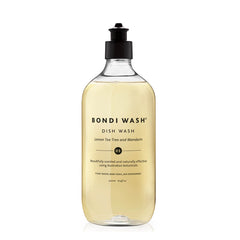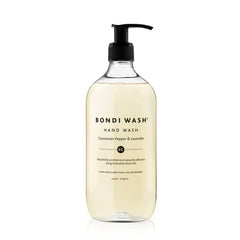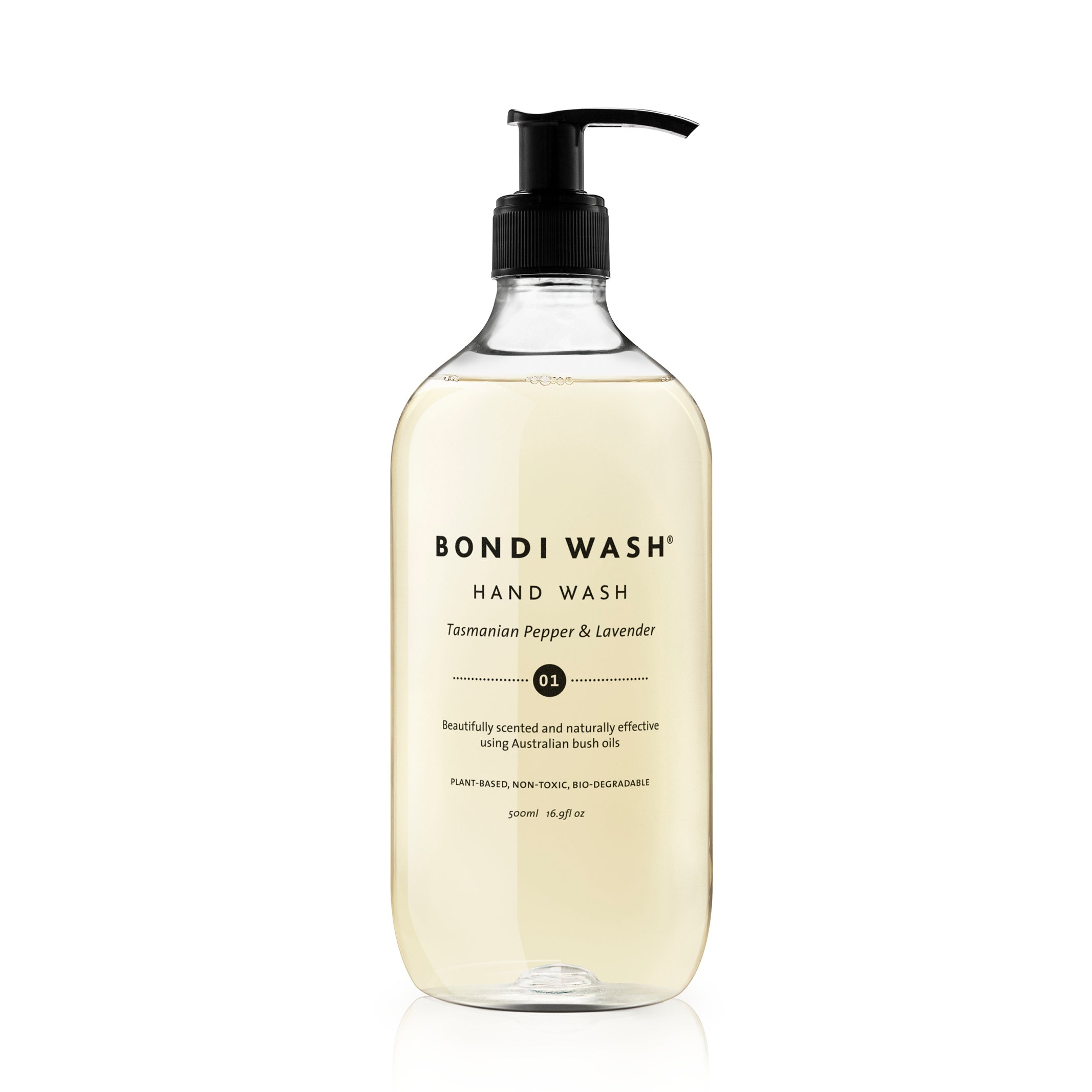By law, washing and cleaning products for the home do not have to have their ingredients listed - and generally they are not. So what is really in them? And why bother choosing natural alternatives?
We asked our chemist for a list of the worst of them and did a little research. This is what we found that's nasty and commonly in household washing products:
1. Synthetic surfactants. These can cause serious damage to the environment as they make their way down our drains into the rivers, creaks and ocean. They typically do not degrade and are toxic to marine life. They can also irritate our skin and the vapours damage our eyes and lungs. Most supermarket cleaning products contain synthetic surfactants (the plant-derived ones are typically 10 times the price or more).
2. Ethylene oxide is often used in the production of these synthetic surfactants and found in the final formulations. Ethylene oxide itself is a known carcinogen and causes blurred vision, difficulty breathing, spontaneous abortion, genetic damage, nerve damage, peripheral paralysis. Floor cleaner, disinfectants, and even pet care products have been found to contain it.
An excellent resource is the US database of chemicals which outlines toxic chemicals and gives more information on products containing it (just enter the chemical in the search function) and you will find details on its toxicity from the US National Library of Medicines
3. Phosphates are found commonly in dishwasher powders and laundry detergents. They make the water softer to improve the performance of the detergent. They are a hazard to the environment and have been banned in the US since the 1990s but not Australia where you can find them in high concentrations in some of the best selling powdered products. They go directly downstream from your dishwasher or washing machine to pollute lakes, bays and streams. They create algae blooms and starve fish of oxygen. They also contribute to greenhouse gas emissions. Look for phosphate free on the label and in general avoid the powerballs/tablets.
4. Phthlates are found hidden in the synthetic fragrance found in the majority of household products - and most of the ones used on the body too. According to the Guardian 'they have been linked to asthma, attention-deficit hyperactivity disorder, breast cancer, obesity and type II diabetes, low IQ, neurodevelopmental issues, behavioural issues, autism spectrum disorders, altered reproductive development and male fertility issues'.
The Guardian wrote a detailed article on what's so bad about them in 2015.
And more detail on them from the US NLM Tox Town database.
5. Chlorine/sodium hypochlorite is found in scouring powders, toilet bowl cleaners, mildew removers, laundry whiteners. The health risks from chlorine can be acute, and they can be chronic. It’s a respiratory irritant at an acute level but the longer-term effects are what people don’t realise: it may be a serious thyroid disrupter. More detail on chlorine can be found in the article here.
6. Triclosan can be found in household or consumable products (toothpaste) labelled 'antibacterial'. Triclosan is an aggressive antibacterial agent that can promote the growth of drug-resistant bacteria. The main issues is that it is a known toxin and does not degrade properly – it washes downstream and kills aquatic bacteria. It has been tested and found in fish, dolphins and even earthworms.
7. Quarternary Ammonium Compounds, or 'QUATS' (1) are found in fabric softener liquids and sheets, and many household cleaners labeled 'antibacterial'. Quats are another type of antimicrobial, and thus pose the same problem as triclosan by helping breed antibiotic-resistant bacteria. They’re a skin irritant causing dermatitis. They can also be found in hair conditioners (listed as CTC).
Ingredients are complex and there are many more than the ones we list here. If you are in doubt about a product's ingredients, contacting the manufacturer may help identify what is in their product.
Any questions please feel free to get in touch: hello@bondiwash.com.au.
___
Sources - Synthetic Surfactants:
1. https://www.sciencedirect.com/science/article/abs/pii/S0001868620306096
2. https://www.sciencedirect.com/topics/earth-and-planetary-sciences/synthetic-detergent
Sources: Ethylene Oxide:
1. https://www.cancer.gov/about-cancer/causes-prevention/risk/substances/ethylene-oxide
2. https://www.health.nsw.gov.au/environment/factsheets/Pages/ethlyene-oxide.aspx
Source - Phosphates:
1. https://www.epa.gov/national-aquatic-resource-surveys/indicators-phosphorus
Source - Phlalates:
1. https://www.theguardian.com/lifeandstyle/2015/feb/10/phthalates-plastics-chemicals-research-analysis
Sources - Chlorine/Sodium Hypochlorite:
2. https://ehs.stanford.edu/reference/sodium-hypochlorite-bleach
Sources - Triclosan:
http://www.beyondpesticides.org/programs/antibacterials/triclosan/health-effects
https://www.fda.gov/ForConsumers/ConsumerUpdates/ucm205999.htm
Sources - QUATS:
1. https://www.doxall.com.au/pages/is-my-sanitiser-safe-quat
2. https://ntp.niehs.nih.gov/whatwestudy/assessments/noncancer/ongoing/biocides/index.html
2. https://cen.acs.org/safety/consumer-safety/know-enough-safety-quat-disinfectants/98/i30
























